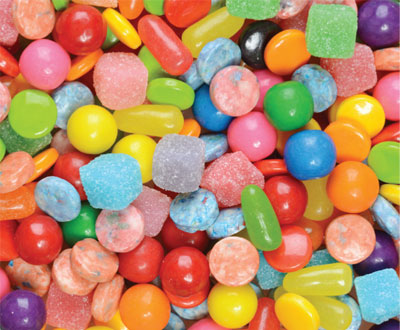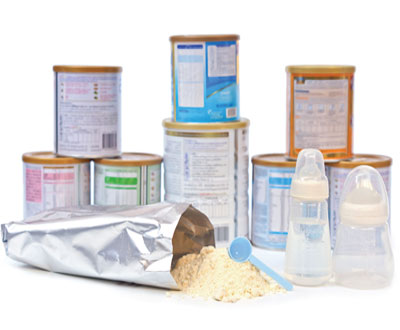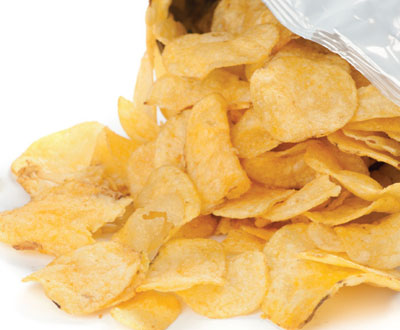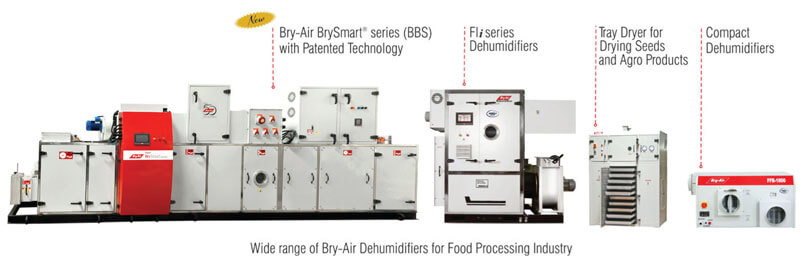By: Dinesh Gupta, Director, Bry-Air | Food & Drink Industry | December 2020
The consumer pattern of buying and consuming food has evolved over years. From spending hours to cook a hearty meal for the family to now packets of Ready to- Eat food flying off the shelves in a supermarket, the change has also pushed the F&B industry to change too.
As more and more people move out of their homes to cities for better income and brighter futures, the time to consume and prepare meals seems to least of the priorities and this has given a boom to the production of food items in an easy to avail form. Now when the meal is not coming to your table fresh, it is important for the F&B sector companies to meet the demand by providing, if not fresh, something that is closer to the fresh meals.
And this freshness factor of food right from the ingredients to the end product has given rise to the demand of more sophisticated ways of food processing. Fueled by changing consumer needs, the F&B sector is convinced to preserve the quality of ingredients used in any food item, right from the seed processing to packaging. However, there is one challenge that faces them at all stages and is the biggest menace for any food processing company- It is, Moisture.

The uncontrolled humidity created due to water vapours in and around the processing plants during processing, packaging, storage, often, plays a party spoiler. Moisture control is essential in every segment of the food industry in the spheres of storage, production, packing, processing, and low-temperature drying. Uncontrolled humidity is the enemy of an efficient food processing system and moisture in the air can lead to condensation to develop and is the perfect ground for the bacteria to grow – both of which can cause severe damages in terms of food, and money invested.
Microorganism growth the chief problem of food processing plants
Food safety is, probably, one of the most important issues that food processing companies face day-in and day-out. Concern for public health in the case of potentially devastating consequences of contaminated food have driven industry associations, safety experts and watchdog organizations to establish guidelines not only for food handling but for plant and process line design. Following these recommendations can reduce the possibility of a catastrophe. Microorganism growth is one of the main causes of potential Food contamination. Moisture results in increased microorganism growth. Microbial growth and dispersal can be controlled if the surroundings and the food processing machinery and equipment inside the food processing plant and food processing facility are kept dry. But keeping a plant dry is not easy as water is an essential part of the product and process of food processing.
With an increasing demand for processed food, for example, instant coffee, soups, ready-to-eat, frozen food, food supplements, etc. it has become almost non-negotiable to tackle the moisture menace during storage, production, packaging, processing and drying to retain the taste and give the products longer shelf life. To give you a view of what can moisture do to the food you consume if now produced in a controlled environment, here are some examples of some of your favourite food types and the consequences:

Powder food
Presence of moisture during the processing of powder food like soups, milk powder, etc., causes stickiness, lumping, caking and cluster formation.
Spray-dried food
Spray / fluidized dryers require large quantities of hot air for drying. The air should be dry, free from contamination and foreign particles, and odourless.
High humidity could result in inconsistent production and product quality, longer drying time and rapid downtime.
Coffee & Tea
Coffee powder picks up moisture from the surrounding air and causes lumping. Similarly, tea leaves being hygroscopic, pick up moisture during blending, storage and packaging, resulting in loss of bloom and liquoring quality.

Breweries
Growth of mould and fungus in fermentation and kegging areas is an inherent problem in any brewery. This is mainly due to high humidity and moisture.
Candy & Confectionery
Chocolates, candies, chewing gums and confectionery items become sticky and prone to mould formation in the presence of moisture.
Snack foods
Snack foods such as potato chips, wafers, biscuits, noodles etc., absorb moisture from the surrounding air during processing and become soggy.
Spices
Being highly hygroscopic, even after being dried and powdered, spices absorb moisture from surrounding air during packaging and storage and become sticky, resulting in a reduction of shelf life.
Coating pans
Coating pans are used to coat soft- centre candy with a harder candy shell as they tumble in a large drum. If the heated air blowing through the pan contains moisture, the drying time is much longer, the surface finish is affected and, therefore, the throughput is greatly diminished.

Now you see, the effort goes behind keeping in check the environment in which the food items are processed? But there is another parallel industry that is working relentlessly to make the F&B sector meet its goals. It the HVAC&R industry which is the abbreviation for Heating, Ventilating, Air Conditioning and Refrigeration. The industry has been providing F&B industry with the machinery and solutions to regulate temperature at any given point, and in any given location. Popularly known as dehumidifiers, these solutions provided by HVAC&R players from India and over the world are the most cost-effective way of controlling humidity. Desiccant Dehumidifiers ensure that the required humidity level is maintained at a specified temperature all year round, irrespective of the weather.
Designed to comply with stringent customer requirements like controlled condensation and other moisture-related problems such as moisture regain in products, mould/fungus prevention, moisture control in pneumatic conveying operations, spray drying, product drying, coating lines, etc., Bry-Air Dehumidifiers can maintain RH as low as 1% or even lower at a constant level, regardless of ambient conditions during storage, production, processing, packaging and drying. The EcoDry rotor inside the dehumidifier is bacteria-static, non-toxic and non-flammable.
Chocolates, candies, chewing gums and confectionery items become sticky and
prone to mould formation in the presence of moisture
Dehumidifier not only maintains the required humidity level but also ensures a cleaner production environment, as the desiccant provided in the dehumidifier filters out bacteria and other spores. The use of our systems dramatically reduces the sanitation cycle time, prevent and removes frost and ice from cold storage/ freezer areas and spiral freezers.
The operating principle of these dehumidifiers is simple. The moisture is adsorbed in the dehumidification sector by the EcoDry desiccant rotor and is exhausted in the reactivation sector by a stream of hot air in a counter flow direction.
Following the reactivation process, the adsorption sector is again ready to adsorb the moisture. Thus, the two processes of “moisture adsorption” and “reaction” are taking place with separate airflows continuously and simultaneously. Positive sealing between chambers prevents mixing of the process and reactivation air streams.





